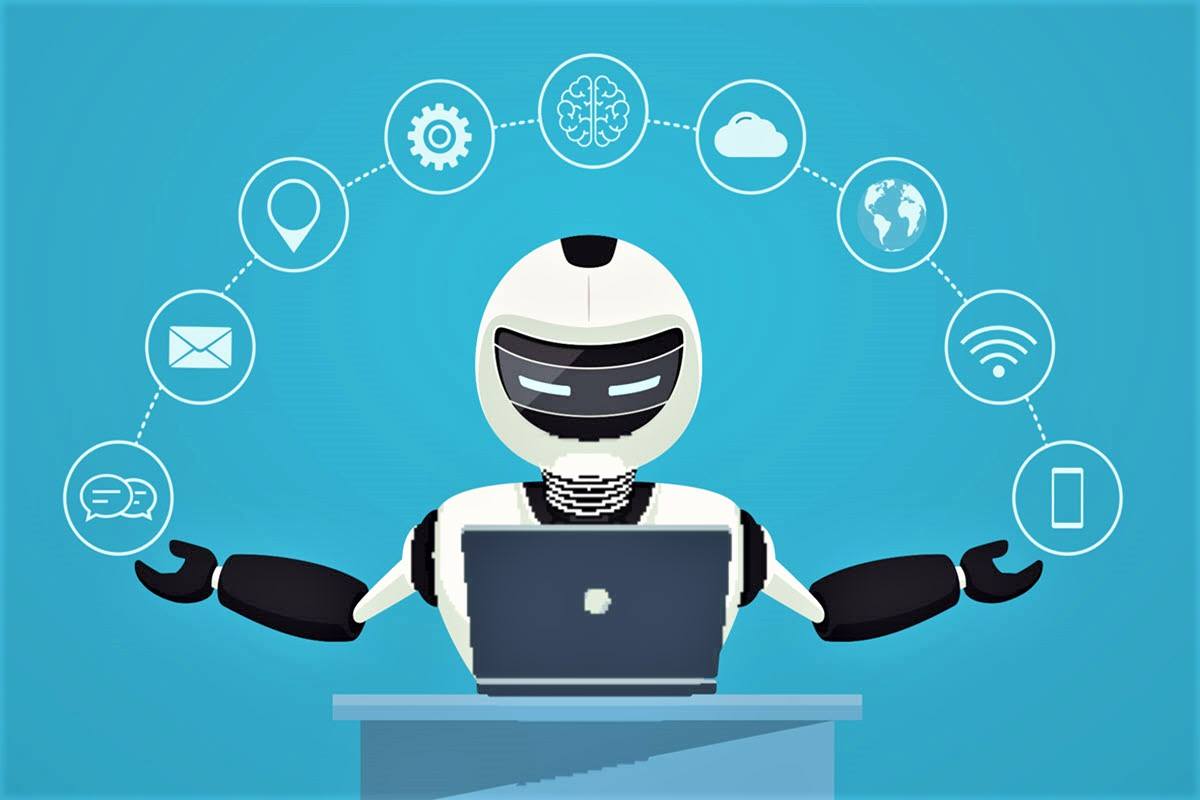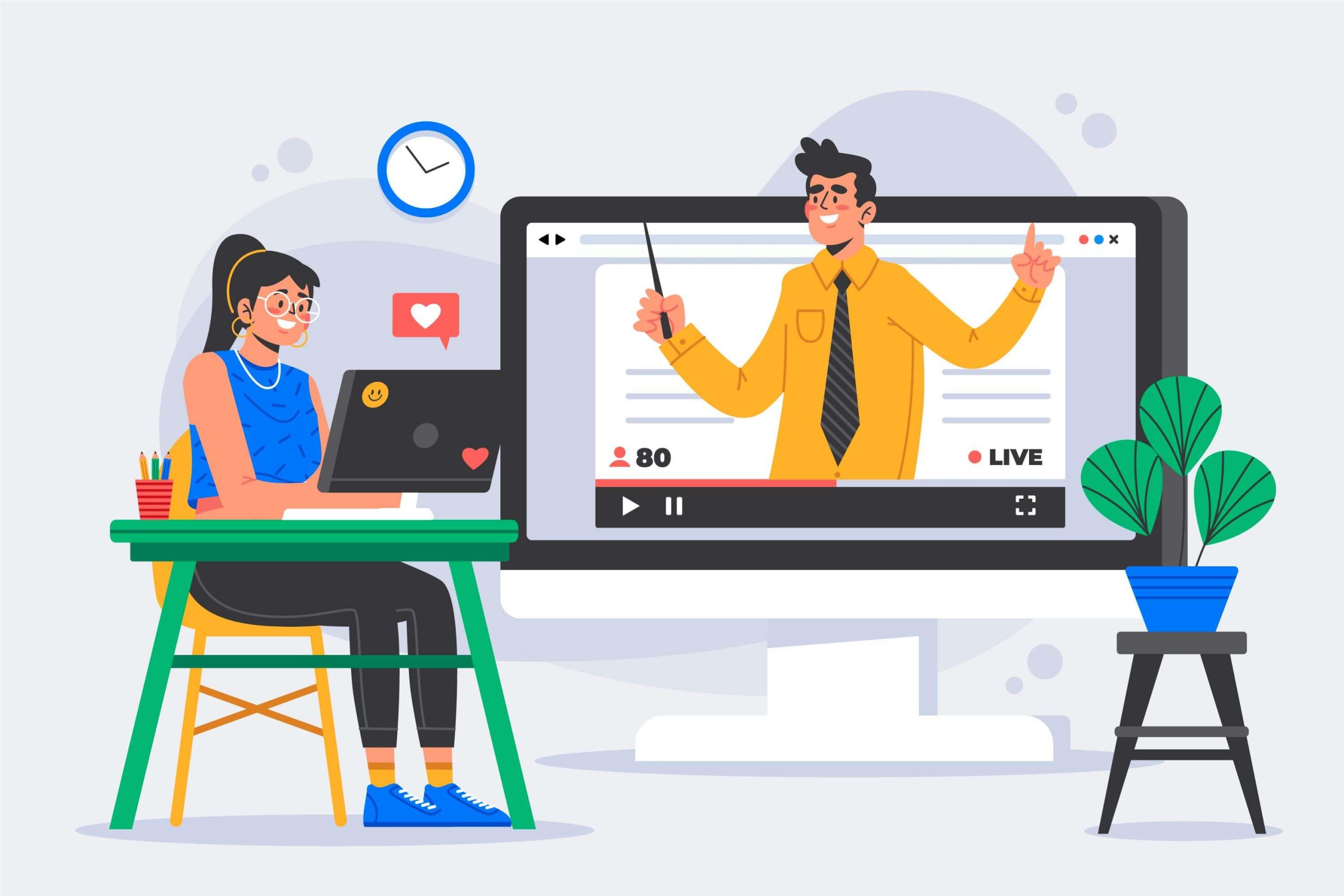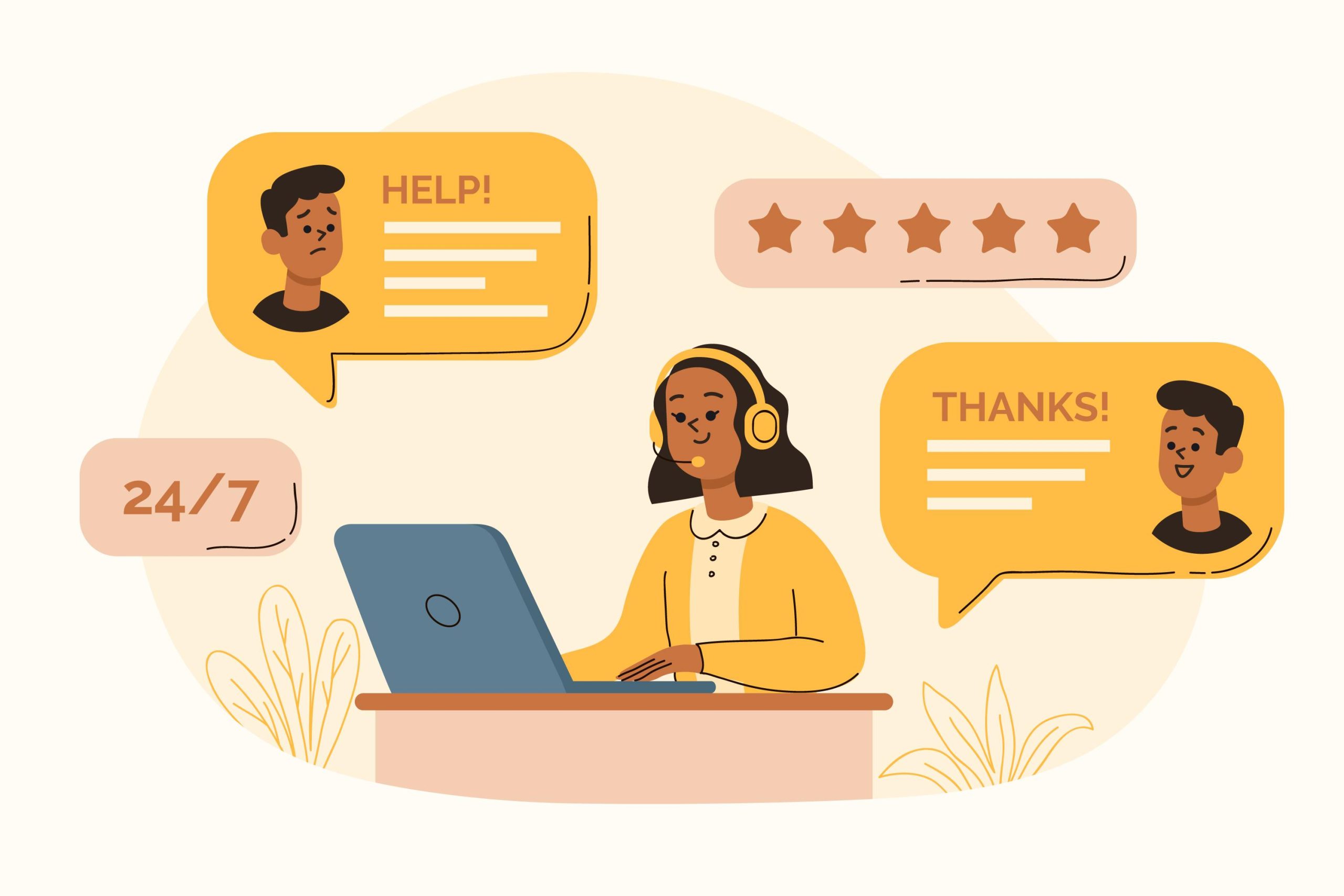How Chatbots Can Boost Companies By Avoid Over Boarding?
The talk has been on chatbots in marketing as well. These bots are masters at sales and customer service activities and are very efficient in these areas. Chatbots aided a marketing campaign as they assisted in increased site visitors. There is definitely potential in this machine, however, one must not overestimate it too much. Organizations of any size are using chatbots as marketing tools, customer service, sales aids, and more. Sure, chatbots are being developed in business capacities on the grounds that they are cost effective. Nevertheless, one thing needs to be aware of this novel advancement.
- Poor strategic planning
This is one of the most popular mistakes made by businesses when they try to utilize chatbots. When utilizing bots for the purposes of advertisement, it can be used to convert prospects into loyal clients. To fulfil your advertising strategies, you should set business targets. Is your objective to make money? Cut your costs. Personalize all of your messages. Increase customer loyalty? Be sure to constantly perform analyses of your customers so you can adjust your production and delivery accordingly. Know the what, what and how to persuade people. After reviewing your measurements, it is best to develop the strategies accordingly.
- Being unimpressed by the potential of brand association
Many organizations frequently confuse chatbots with FAQ pages. Chatbots perform much more than just managing an individual’s request. Because chatbots are real life companions, they furnish a really real feeling of collaborating with a business and organization – in an extremely a lot more substantial manner than accessing facts on a website and completing an order for products and services.
Chatbots can truly achieve a task of engagement. That’s the case with the online magazine National Geographic. They made a chatbot show called “Genius,” for another show called “Genius.” The computer program responded in a manner that users preferred, encouraging them to return to their screens. The normal discussions by the bot lasted 6 to 8 minutes and brought a 50% growth in engagement levels.
- FP3 experience
The best user experience is frictionless, personalized, predictive, and proactive (call it the FP3 experience) A website, robot or automated system does this for us.It will use futuristic technologies to control and manage every service easily. The bot will make a decision that is appropriate to who the customer is and what the customer truly needs. If the bot cannot provide a resolution, the customer will at any rate get one for free. With it, customers will receive the correct agent when transferring their car loan from one firm to another. These chatbots will serve as a ways to engage customers as well. You may flood your customers with messages that are repeated or spontaneous. Exaggeration can also cause erosion in trust and weaken the image of the company. They may even uninstalling an application or going away from the site. The key to efficiency here is effective control of product.
If the user already purchased a product from you, a chatbot will notify the customer about other products he or she might want to purchase.
- The company chose not to improve the service over the long run.
AI is implemented on chatbots. The thing about AI is it is constantly getting smarter with each new development. It’s fascinating to remember a bunch of epic chatbot fails like: You will have a chance to change your contribution over time as user’s needs will develop and technologies change. It is not as simple as asking questions and the answers come out automatically. This is a continuous reform movement
- Preference Test
Customers in different age groups are regularly influenced and entertained by digital channels. Look Out Grievances is on the top complaints list. They are likely interested in chatbots because they want to make money. 55% are OK with chatbots for self-service.
Real cases shows that companies shouldn’t impose bots on all users in all industries. Not all customers will have to go through invasive procedures. Customers will generally lean toward interactive with bots that connect in a specific way.
- Misuse chatbots
Thanks to the advances in Artificial Intelligence (AI), the chatbots can easily interact with clients with human language. There is a need for cooperation among human beings and chatbots. Many businesses require human staff to deliver extremely complex customer service requests.
- Confuse chatbots’ functions
Chatbots are designed to help humans, not to replace them. A robot may help humans in doing repetitive work, save time and energy. Chatbots should not be designed to do too many functions, which can lead to chatterbots confused. A chatbot must complete only three or four significant matters. This will allow them perform their duties well.
- Neglecting to perform tests prior to introduction
Client testing is vital. In any case, a ton of organizations avoid this significant advance. They simply trust the chatbot to work with no issues at all. In any case, the thing is, this sort of hopefulness will return and can mess with you over the long haul. Making and dispatching a chatbot is testing, and you just can’t compromise being developed. Luckily, this sort of issue has a reasonable arrangement that doesn’t take a great deal of work. Search for clients that are eager to help. You can send them a duplicate of your chatbot, and let them send in their input.
There are various other platforms like Java, you can create chatbot by hiring Java programmers India for building your multi featured chatbot application.






